Boréalis
The former site of the world's largest paper mill is now a museum preserving the heritage of Canada's pulp and paper industries.
Sure, you can head to a used bookstore to take in a little pulp fiction. But if you’re looking for pulp facts, your best bet is to head to Boréalis, a riverfront museum in Trois-Rivières, Québec dedicated to the history of Canada’s pulp and paper industry.
Boréalis is located at the mouth of the Saint-Maurice River on the grounds of what was once the largest paper mill in the world. During the early 20th century, sawmills began to pop up all along the river due to a rise in the demand for paper. Innovations in manufacturing meant that wood pulp was becoming cheaper and easier to produce, and the Mauricie region, with its ample trees, hydroelectric power, and easy access to the St. Lawrence Seaway, became the world’s leading paper manufacturing region.
Trois-Rivières, at the confluence of the Saint-Maurice and Saint-Lawrence Rivers, would become the paper manufacturing capital of the world. Mauricie mills would produce the paper needed for daily newspapers in the major Canadian metropolises, as well as the big newspapers across the U.S. Eastern seaboard and even Europe. In 1919, the St. Maurice Lumber Company was founded in Trois-Rivières. By 1925, the company, now renamed the Canadian International Paper (CIP) Company, was the world’s largest.
Paper manufacturing thrived for most of the 20th century, but the decline of print hit the industry hard. By the early 21st century, all but three paper mills in Mauricie, including the CIP factory in Trois-Rivières, had closed. Many of the buildings in the CIP complex were demolished, but there was an outcry to preserve the historic filtration plant, which filtered more than 20 million gallons of water daily in its heyday. In 2006, Québec’s pulp and paper industry was declared a National Historic Event, and the next year, Boréalis opened within the filtration plant.
Boréalis aims to tell the story of paper through the original manufacturing materials still present on site, as well as through interviews with former workers, who share stories about the life and culture in the factories. From the museum, you can also walk to the mouth of the Saint-Maurice River, to see it fork into three, from which the town got its name. Further renovations in 2024 aim to refresh the permanent exhibits and further preserve Trifluvian culture for future generations.

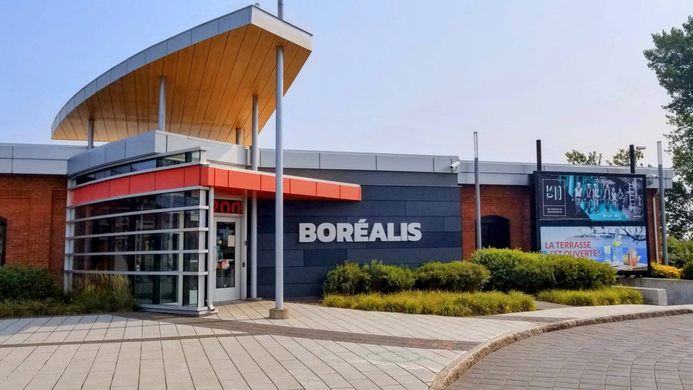





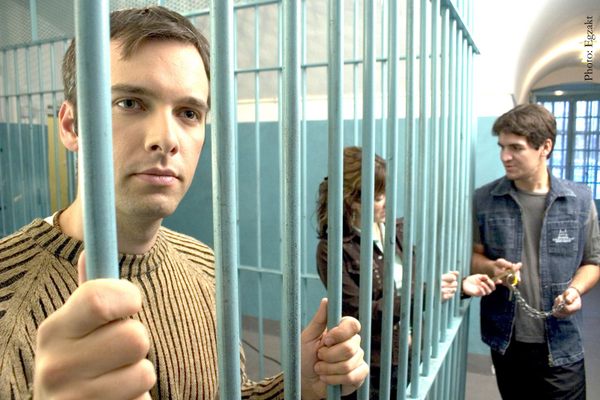



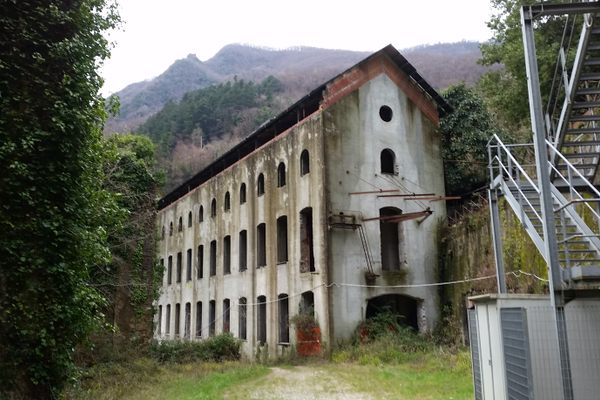
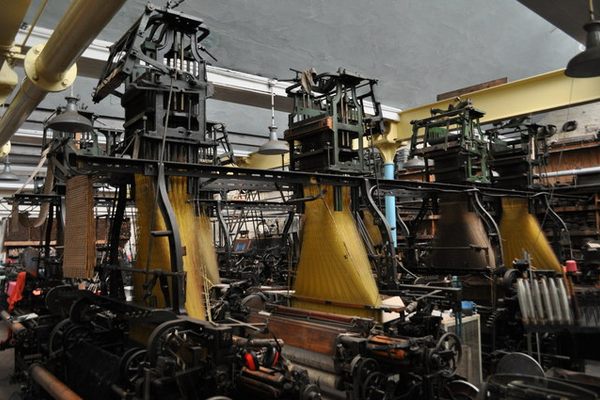
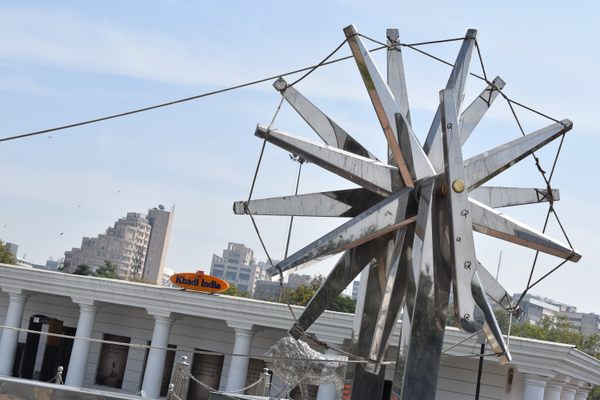
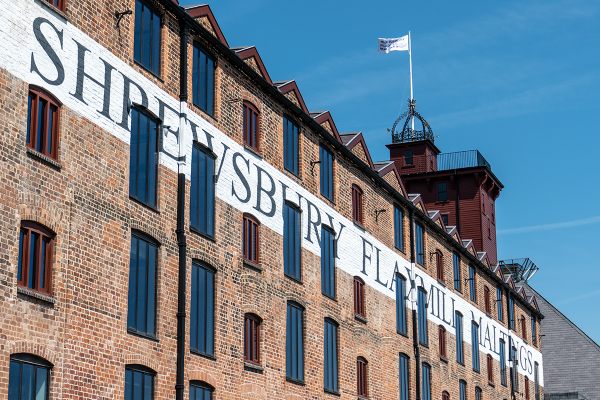

Follow us on Twitter to get the latest on the world's hidden wonders.
Like us on Facebook to get the latest on the world's hidden wonders.
Follow us on Twitter Like us on Facebook